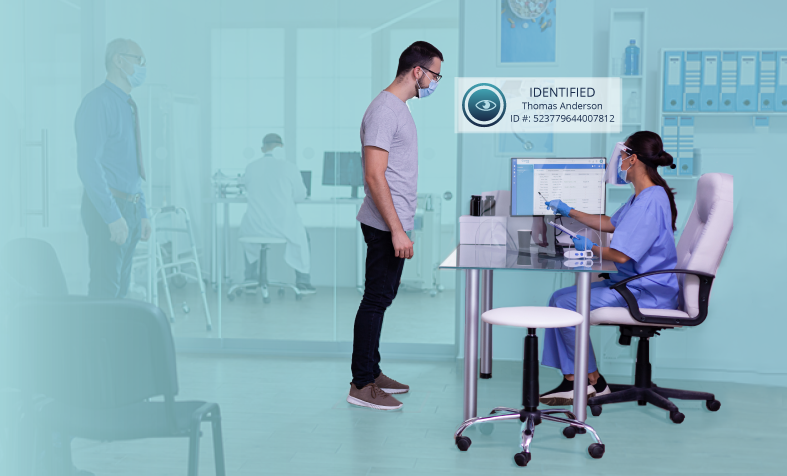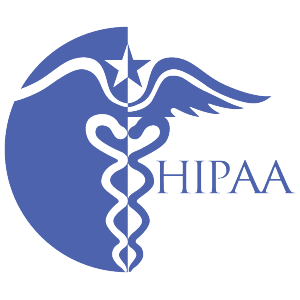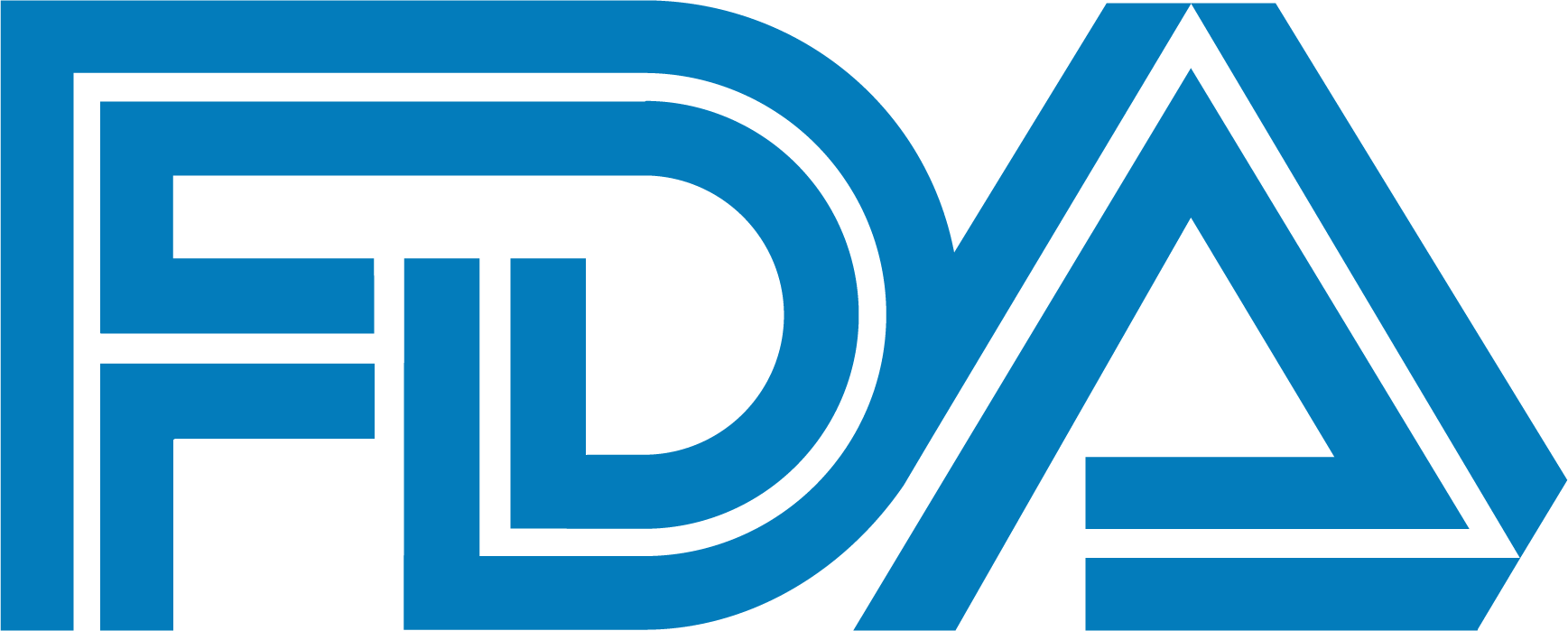The problem
Financial Losses due to Patient Identity Fraud
Medical identity theft is a growing issue within private healthcare systems. Fraud typically occurs when a policyholder’s identity is stolen, or, in some cases, when the policyholder willingly shares their password or card information.
Insurers are often billed for medical services provided to individuals who are not insured but are impersonating policyholders. This not only leads to significant financial losses but also poses health risks to both the victims and the fraudsters involved

Consequences
The problem
Financial Losses due to Patient Identity Fraud
Medical identity theft is a growing issue within private healthcare systems. Fraud typically occurs when a policyholder’s identity is stolen, or, in some cases, when the policyholder willingly shares their password or card information.
Insurers are often billed for medical services provided to individuals who are not insured but are impersonating policyholders. This not only leads to significant financial losses but also poses health risks to both the victims and the fraudsters involved.

The problem
Financial Losses due to Patient Identity Fraud
Medical identity theft is a growing issue within private healthcare systems. Fraud typically occurs when a policyholder’s identity is stolen, or, in some cases, when the policyholder willingly shares their password or card information.
Insurers are often billed for medical services provided to individuals who are not insured but are impersonating policyholders. This not only leads to significant financial losses but also poses health risks to both the victims and the fraudsters involved

Consequences
Consequences
The solution
Verázial·ID Health for healthcare insurers
The solution
Verázial·ID Health for healthcare insurers
The solution
Verázial·ID Insurers in healthcare insurers
Prevents identity theft fraud by 100%. Policyholders securely authenticate their identity using fingerprints, facial recognition, or iris scans during the medical treatment authorization process with the insurer at the hospital.
Reduces costs, leading to significant economic savings for insurance companies.
Prevents shared medical records, thereby eliminating the associated risks to patients’ health.
Prevents costs associated with additional medical treatments.
Helps avoid patient misidentification in hospitals and medical centers.


Prevents identity theft fraud by 100%. Policyholders securely authenticate their identity using fingerprints, facial recognition, or iris scans during the medical treatment authorization process with the insurer at the hospital.
Reduces costs, leading to significant economic savings for insurance companies.
Prevents shared medical records, thereby eliminating the associated risks to patients’ health.
Prevents costs associated with additional medical treatments.
Helps avoid patient misidentification in hospitals and medical centers.

Prevents identity theft fraud by 100%. Policyholders securely authenticate their identity using fingerprints, facial recognition, or iris scans during the medical treatment authorization process with the insurer at the hospital.
Reduces costs, leading to significant economic savings for insurance companies.
Prevents shared medical records, thereby eliminating the associated risks to patients’ health.
Prevents costs associated with additional medical treatments.
Helps avoid patient misidentification in hospitals and medical centers.
Secure identification process designed for healthcare insurers
Secure identification process designed for healthcare insurers

Easily integrated with authorization, claims, e-claims platforms, or patient/client management software. Healthcare providers use the health insurer’s application to bill for their services.

It seamlessly integrates with hospital software systems such as HIS, EPR/EHR, and MPI.
Secure identification process designed for healthcare insurers

Easily integrated with authorization, claims, e-claims platforms, or patient/client management software. Healthcare providers use the health insurer’s application to bill for their services.

It seamlessly integrates with hospital software systems such as HIS, EPR/EHR, and MPI.

Easily integrated with authorization, claims, e-claims platforms, or patient/client management software. Healthcare providers use the health insurer’s application to bill for their services.

It seamlessly integrates with hospital software systems such as HIS, EPR/EHR, and MPI.
Let´s talk
We assess how our solution can best fit your health insurer’s processes.
Let´s talk
We assess how our solution can best fit your health insurer’s processes.
Let´s talk
We assess how our solution can best fit your health insurer’s processes.





